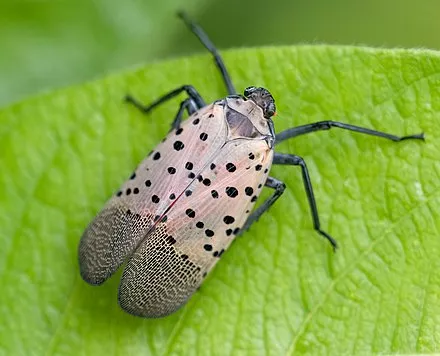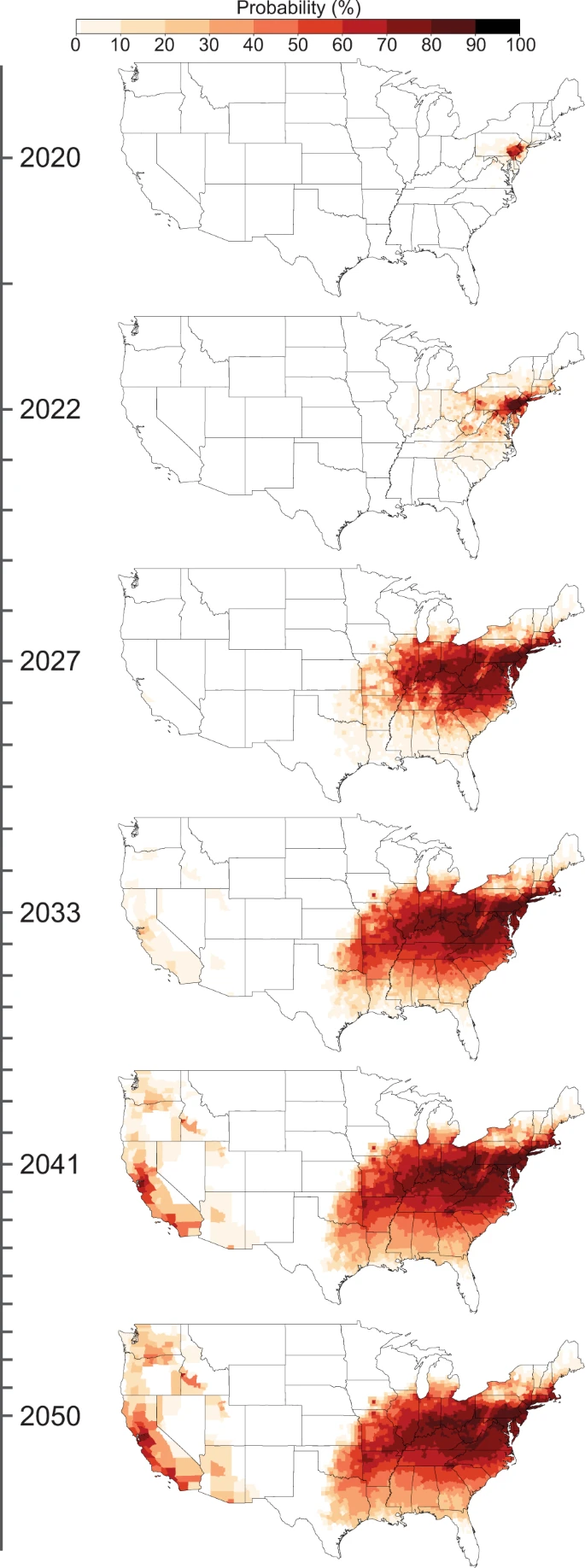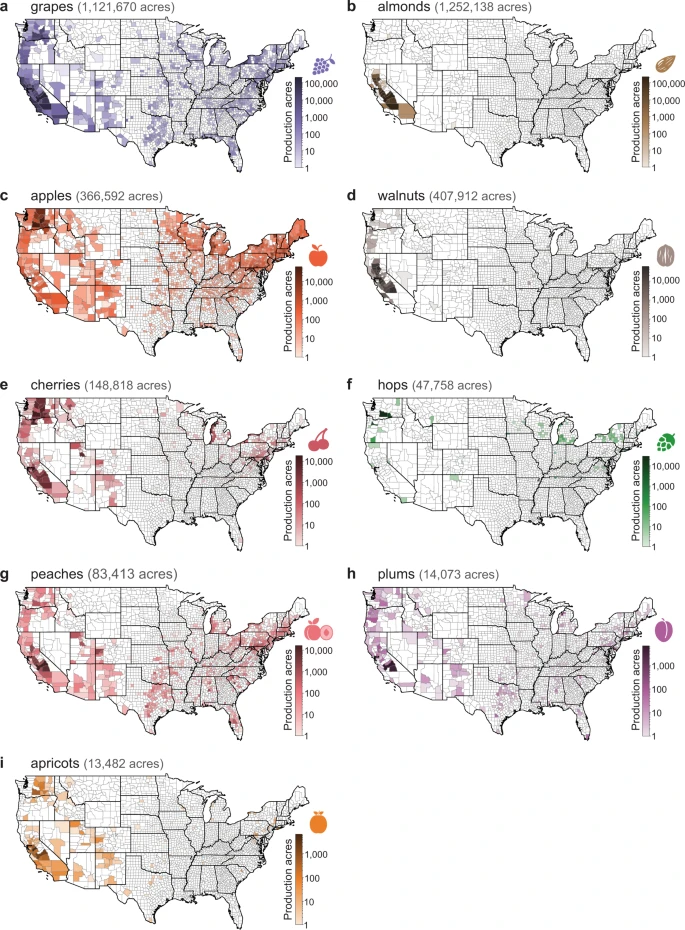According to CNET report, a kind of annoying small animal called the spotted wax cicada (scientific name: lycorma deliculata) may invade California vineyards in 2027** This strange insect feeds on a variety of fruits and plant juices and is often thought to damage crops because its so-called "honeydew" promotes toxic mold. There is no doubt that it has caused absolute chaos in the agricultural community.

In fact, the situation is serious enough to urge organizations such as the Pennsylvania Department of agriculture to urge super positive measures, such as "if you see a spotted wax cicada... Report online or by telephone immediately, and call 1-888-4badfly". Even the U.S. Department of Agriculture says that if you are found in an area known to have spotted wax cicadas, don't just slap them. "Crush them and scrape them off," the Department said
The scientists also brought some ominous news to the winemakers, which they published on Wednesday in communication biology 》According to a study in the journal, the wax cicada is likely to invade California's famous vineyards as soon as 2027.
Chris Jones, a researcher at the center for geospatial analysis in North Carolina and the lead author of the study, said in a statement: "this is a big problem for grape growers; it may lead to billions of dollars in losses in the agricultural sector. Through this study, we have a baseline that we can use to evaluate the effectiveness of different management strategies."

Through the use of complex computer simulations, Jones and other researchers found strong evidence that the wax cicada is likely to arrive in California before 2033 - the state produces about 82% of the grapes in the United States - and a low but obvious probability that it will arrive as soon as 2027.
"When we say that there is a 'high' probability of reaching these counties, we mean that there are more than 50% of counties," Jones said.
Moreover, although Jones said it was difficult to say in advance the exact impact of the wax cicada on the West Coast grape region, "in Pennsylvania," he said, "we have seen the loss of vineyards due to the double blow of the cold and the cicada foraging on the vines." "We do know that producers may also suffer losses simply because of mold growth," Jones said

The notorious spotted wax cicada was first discovered in Asia. By attaching its eggs to outdoor equipment, clothes of unfortunate bystanders and bark during transportation, it got a "free ride" across the world - and finally came to the east coast of the United States. It has been found in 11 states, including Connecticut, Delaware, Indiana, Maryland, Massachusetts, New Jersey, New York, Ohio, Pennsylvania, Virginia and West Virginia.
In order to meet the prediction that California will soon be added to the list, the new research team paid special attention to the unique travel mechanism of the animal. Between 2015 and 2019, they tracked, among other factors, the routes of vehicles and transport materials that might provide shelter for the insect. 2014 was the year when the insect first appeared in the United States.

Jones said: "the main reason why we include the proximity to the railway network in our model is that it is highly related to long-distance dispersion. In addition, the computer simulation also considers the location of the favorite breeding ground of the spotted wax cicada. It is ironically called the 'paradise tree', and unfortunately, it grows near highways and railway lines, and cars and trains travel all over the country."
"We hope this will help prepare pest managers," Jones said of the entire study. According to the team, officials can create hypothetical management plans to see how different methods deal with this annoying pest. Jones added: "if they can start monitoring as soon as possible, or start processing as soon as the wax cicada arrives, they can slow down the spread to other areas. (winemaker) can also pre empt the 'paradise tree' around the vineyard."
